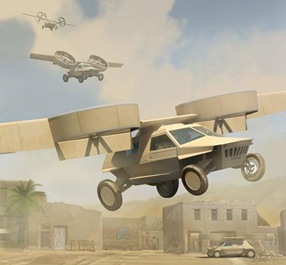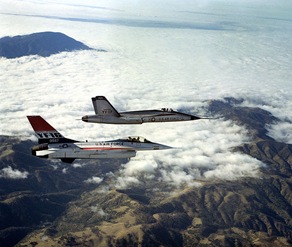David Cenciotti, the Italian blogger behind the Aviationist blog, has written a lengthy and must read post for military aviation buffs listing the top military aviation stories of 2011. David began by noting that some of the top military aviation stories of 2011 would be entitled the “Libya Air War,” the “F-22 grounding,” “Stealth Black Hawk down” and the “Captured RQ-170 drone in Iran.” Hence, David has compiled the following list of interesting “messages” for the year:
- There’s an increasing need for drones but….
- Drones are also vulnerable – as we have seen in Iran.
- Drones are remotely controlled by humans meaning they fail because of human error as there is no life or death imperative to return the drone safely to its base.
- Black projects and advanced stealth tech are not only speculation – as shown by photos circulating of the downed chopper after the raid to kill Osama Bin Laden in Pakistan.
- Advanced stealth tech is not just US stuff anymore as chunks of stealth technology literally fall into the hands of Pakistan, Iran, China and perhaps Russia.
- It was a tough year for Lockheed Martin’s stealths – they have even been targeted for satire by Iran.
- The war against Iran has already started and is being fought using drones and computer viruses.
- Wars can come unannounced (like in Libya…) and air forces can’t be unprepared for one.
David also went into considerable detail about each and every one of these messages as he has written extensively throughout the year about these topics. He also listed a list of lessons from the Libya campaign, Operation Unified Protector, as he feel its an example of how Air Power should not be used.
However and what might interest British military aviation buffs the most were David’s comments about the British Apache helicopters. Specifically, David noted that the Apaches on board the HMS Ocean flew in pairs and completed roughly 25 combat sorties to hit 100 targets in the Brega and Tripoli areas but another 40 missions were cancelled because of insufficient intelligence information along with the threat posed by Libyan anti-aircraft systems. They also showed the need for a floating device and a new canopy jettison system to improve the crew’s survivability in the event of a ditching.
On the other hand, French combat helicopters were flown within strike packages and they were able to perform 90% of NATO helicopter strikes to destroy more than 600 targets in Libya. In fact, French helicopters were crucial to the eventual taking of Tripoli and the final victory for the rebels.
Hence, David’s entire lengthy post about the use of military aviation in 2011, which will probably go down in history as a potentially game changing year for military aviation in general, is well worth a read by military aviation buffs.


